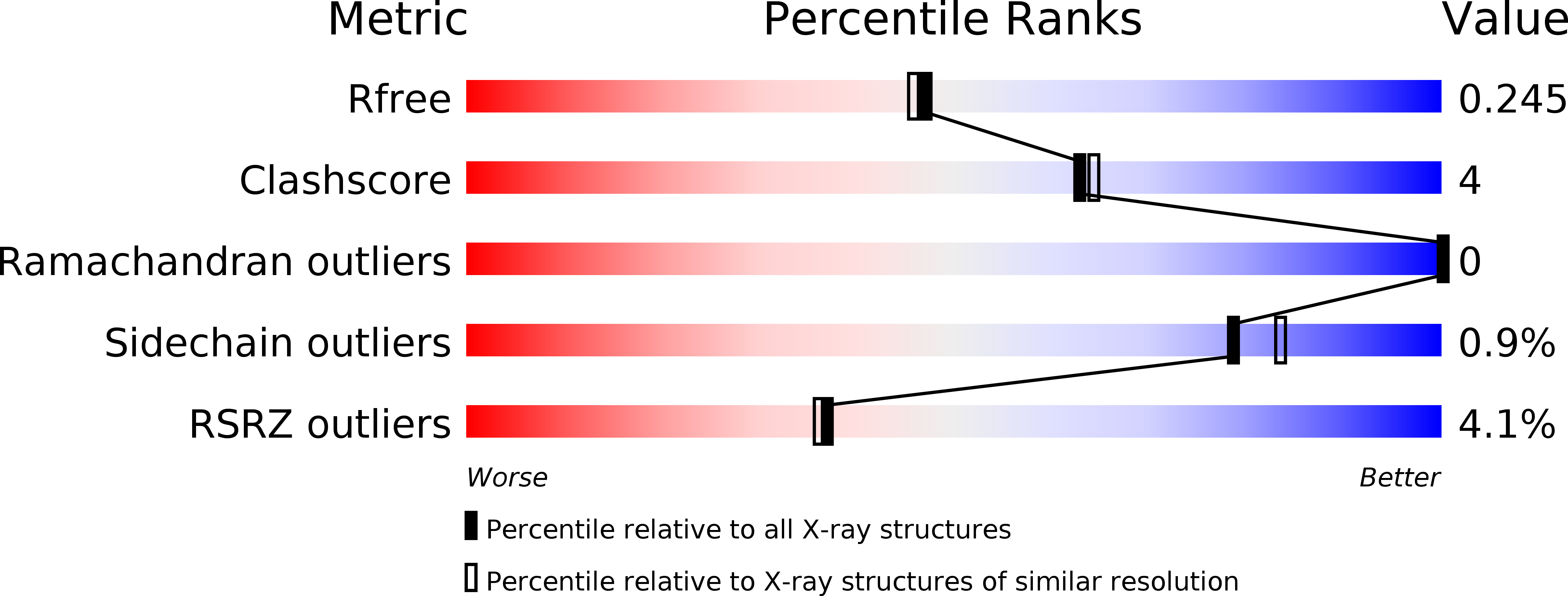
Deposition Date
2011-03-29
Release Date
2011-06-08
Last Version Date
2023-09-13
Entry Detail
PDB ID:
3RBQ
Keywords:
Title:
Co-crystal structure of human UNC119 (retina gene 4) and an N-terminal Transducin-alpha mimicking peptide
Biological Source:
Source Organism:
Homo sapiens (Taxon ID: 9606)
Host Organism:
Method Details:
Experimental Method:
Resolution:
2.00 Å
R-Value Free:
0.24
R-Value Work:
0.18
R-Value Observed:
0.19
Space Group:
P 21 21 21


